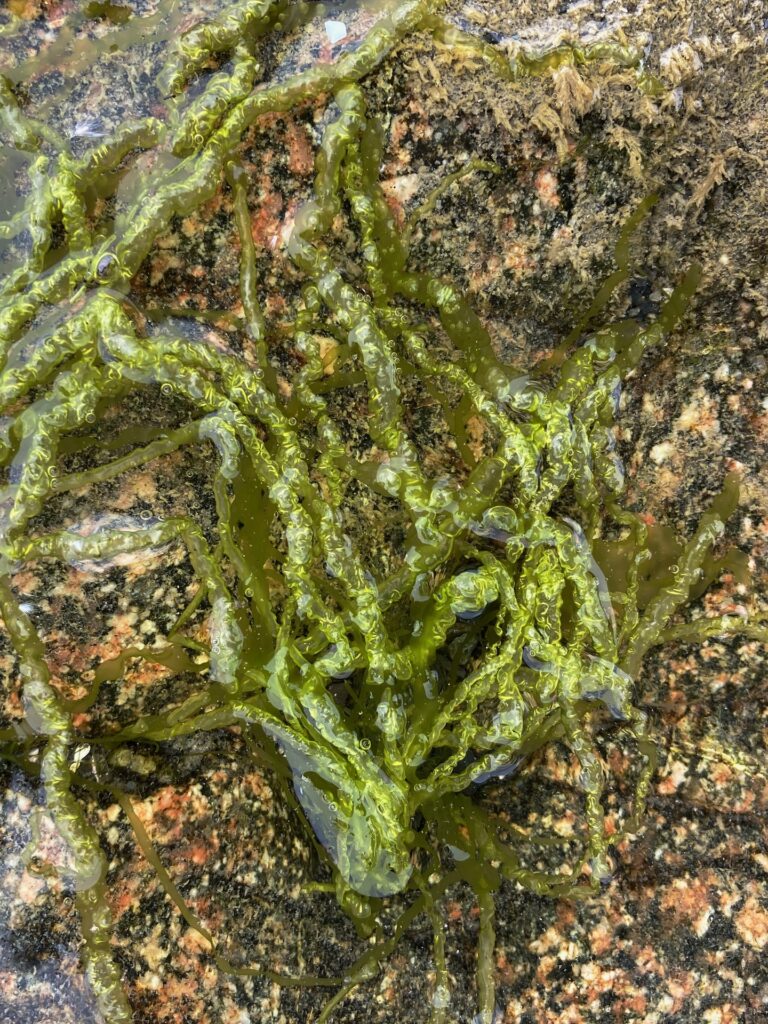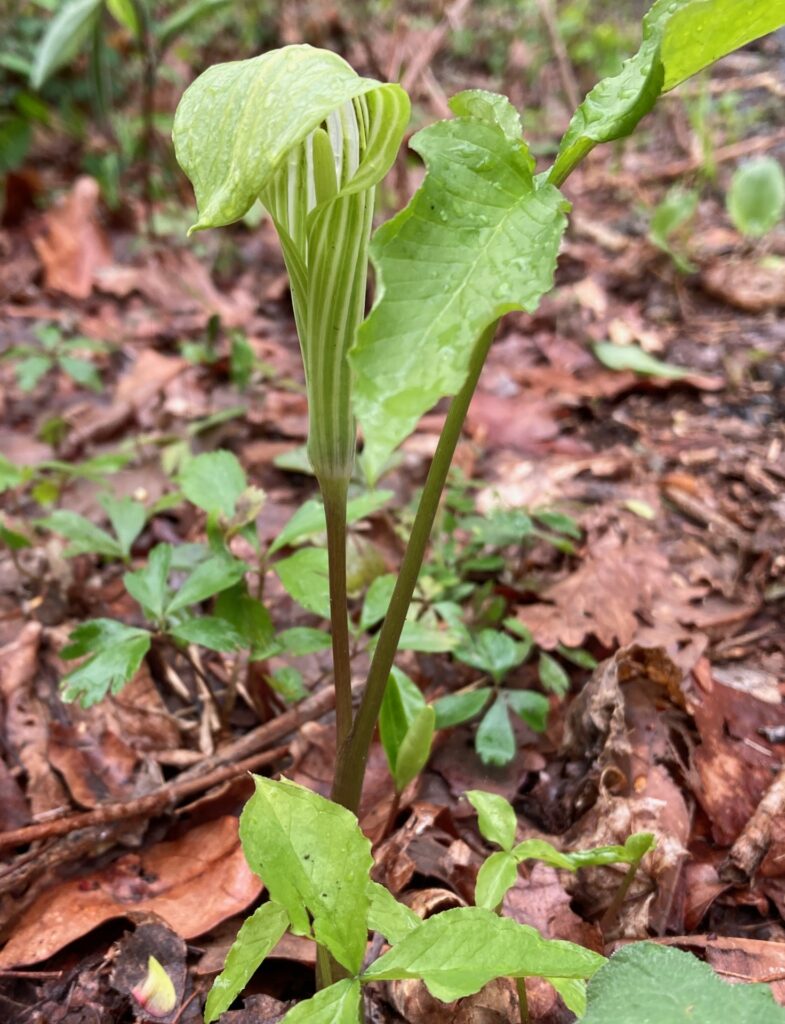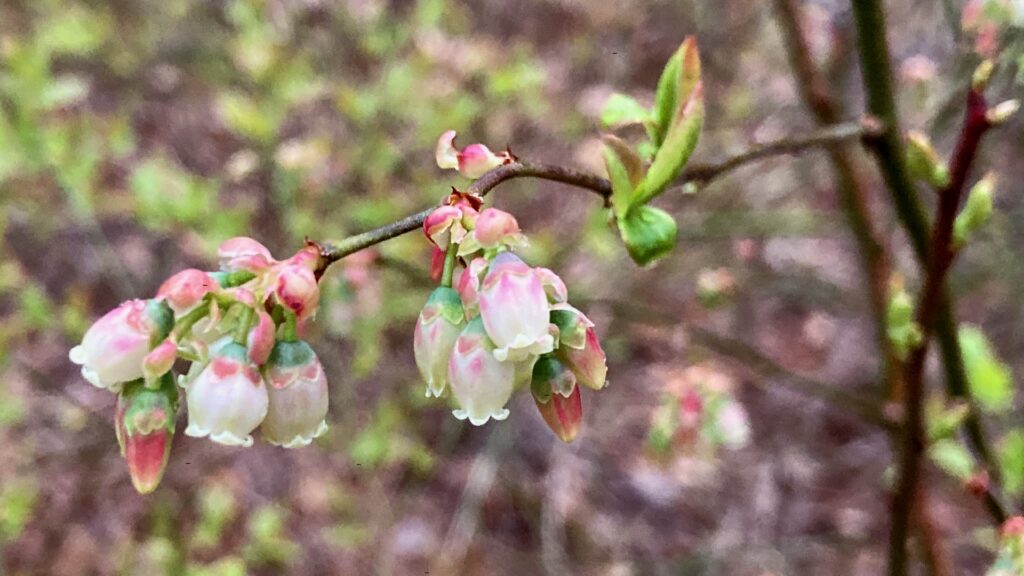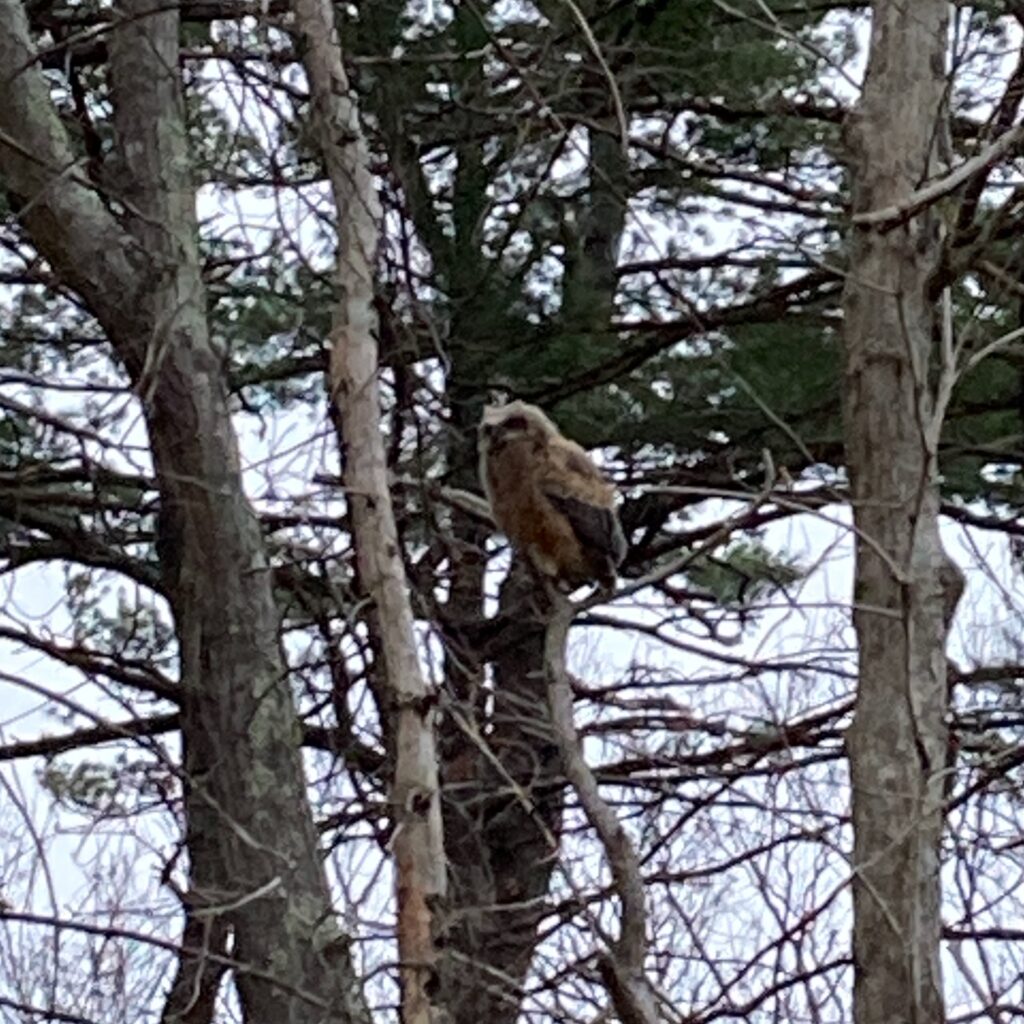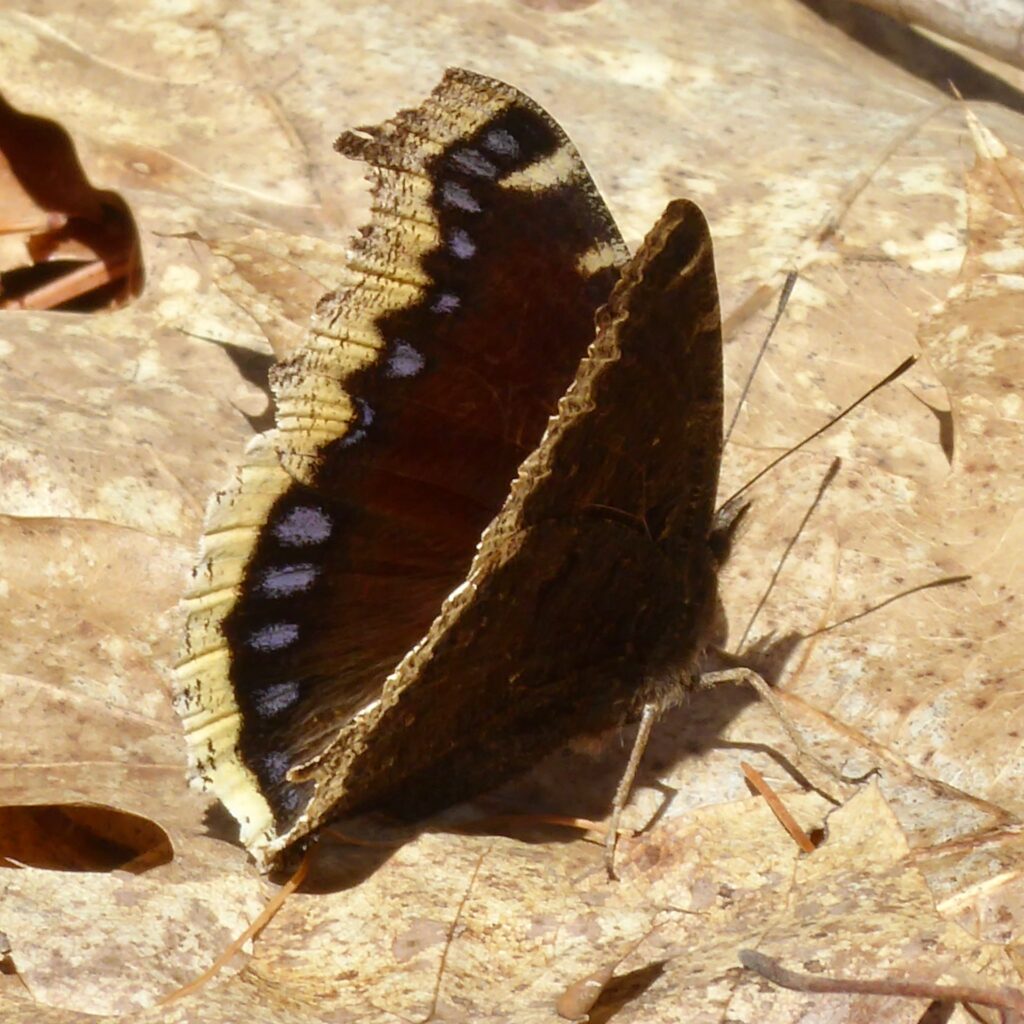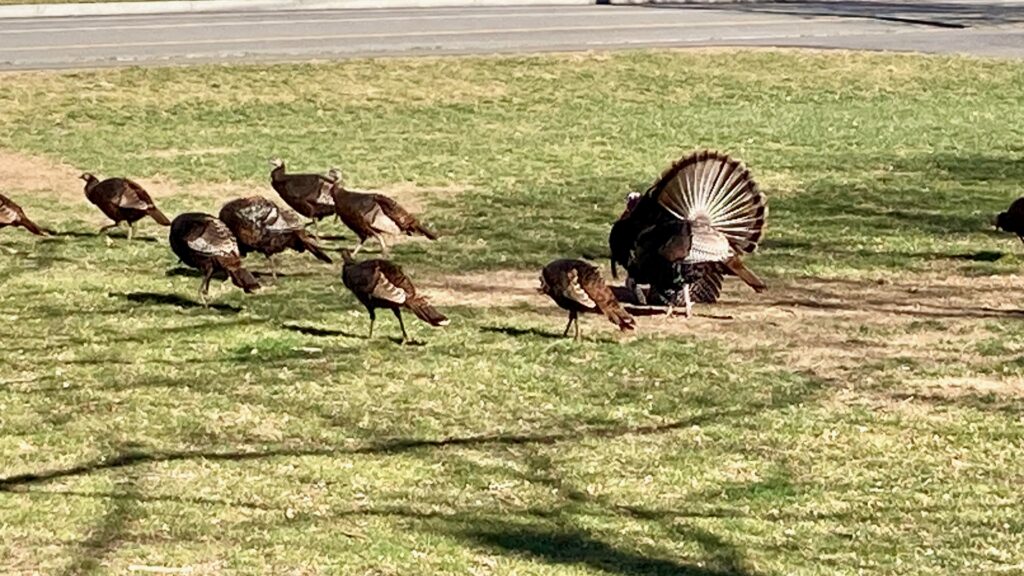This afternoon, Eco Fest took place on Cohasset Common, right across the street from First Parish in Cohasset. Four of us — Ngoc, Matt, Carol, and I — staffed a table where kids could make seed bombs.
(What’s a seed bomb, you ask? Make a thin wafer, maybe two inches in diameter, out of some air-dry clay. Put a pinch of potting soil in the middle, add a dozen or so seeds, then fold the clay up around the seeds and soil to make a little ball. That’s a seed bomb. You can toss it anywhere. The clay holds in moisture, and the soil provides a medium so the seeds can begin sprouting.)
Our seed bombs were made with seeds from native plants. When older kids made seed bombs with us, we explained about the importance of native plants, and how native plants can attract a wider diversity of pollinators. Ngoc had a cool book with photos of 50 or so native pollinators, which I showed to kids, pointing out pictures of my favorite native pollinators — metallic green bees (genus Agapostemon).
We had a constant stream of kids coming to our booth, so I never even got to visit any other booths. But I could see there were some interesting groups present. In addition to commercial vendors, I saw booths staffed by the Cohasset High School Green Team, the North and South Rivers Watershed Association, a group providing recycling information, the Cohasset Garden Club, and more. I’m already looking forward to next year.

